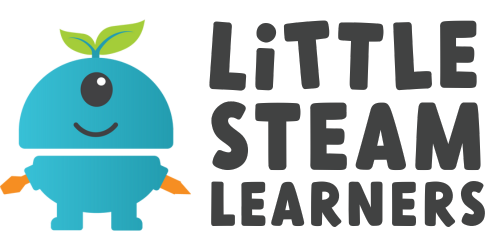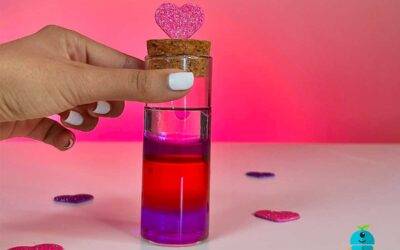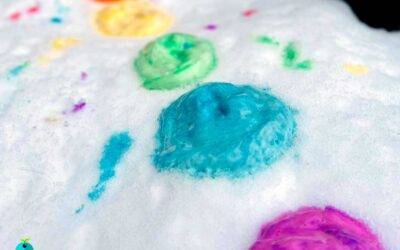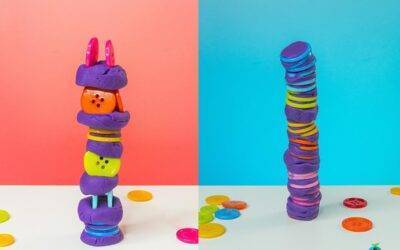When life gets busy, simple projects save the day, especially if they include a little magic! This science and art project is pretty easy and will dazzle your kids with its cool effects. Explore diffusion using this simple activity while creating beautiful art.
Diffusion is such a fun science concept that can be observed in many different daily activities. Ever walked past a bakery and smell the delicious chocolate cupcakes baked inside? Well, that is thanks to diffusion. Similar to the diffusion of scents, today’s activity explores the diffusion of watercolour molecules as they create a rainbow river. So without further ado …
Let’s get diffusing!
How to explore diffusion with watercolour rivers
What you need:
- Paper plates (with a coating)
- Concentrated watercolours
- A jar with water
- Paint brushes
How to:
This activity requires little setup and is pretty simple to do. With just a few steps you can watch the magic happen in front of your eyes. For a quick demonstration and instructions, watch the video or follow the steps below.
Step 1: Using a very wet paintbrush, draw a water path on the back of a paper plate. You want the path to be very wet.
Step 2: Dip a paintbrush into the colour of your choice and gently touch it on the water path you just created.
Step 3: Watch the colour spread through the water river.
Step 4: Repeat steps 2 and 3 with more colours and watch them spread and blend.
Want to reduce waste?
Display your dried masterpieces or reused the plates once dried. Since you painted on the back of plates, the plates can be reused for other purposes.
The STEAM behind the fun:
What is diffusion?
Diffusion is the spreading of particles from an area of high concentration to an area of low concentration. Various substances can diffuse, including liquids, gases like smells, and light. When we touched the water river with some concentrated paint, the paint zoomed through the river and tried to spread out. This is because there were very few to no particles of paint in the water before we touched it with the paint, so the particles diffused from an area of high concentration (the tip of the paintbrush) to an area of low concentration (along the water river).
Why did the water river look raised or like a dome on top of the plate?
There are two reasons for this:
- The back of the paper plate was coated which makes it less absorbent. Thus, it takes the paper plate a longer time to absorb the water, allowing for your river to form. You will notice that over time the water will get absorbed and the paint will dry out – leaving you with a beautiful watercolour painting.
- When you painted the very wet water river, did you notice that it looked like it was raised or domed? This is because of a property called cohesion. Cohesion refers to the attraction of molecules to other similar or the same kind of molecules. Water molecules love each other so when they are not absorbed, they stick together to form a dome or raised look.
Explore further:
- Try different types of plates
- Try different types of paints and see if it affects the diffusion rate.
- Use only primary colours, red, yellow, and blue. Experiment through diffusion to create new colours.
Watercolour painting are such a great medium to explore science with. We hope you try out this simple activity and watch the magic of science transform you rivers into rainbows. Happy painting!







0 Comments